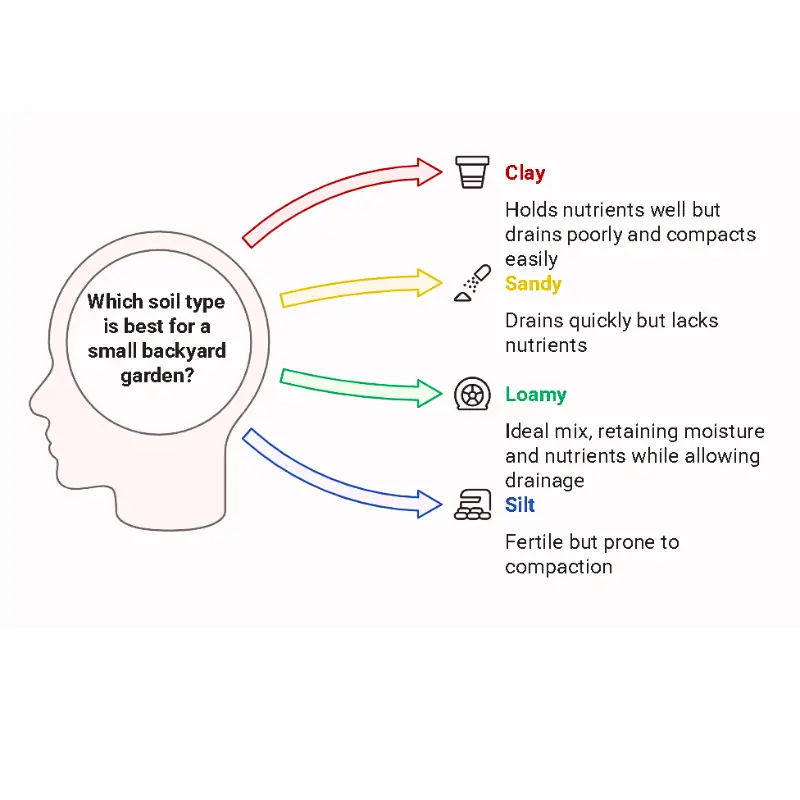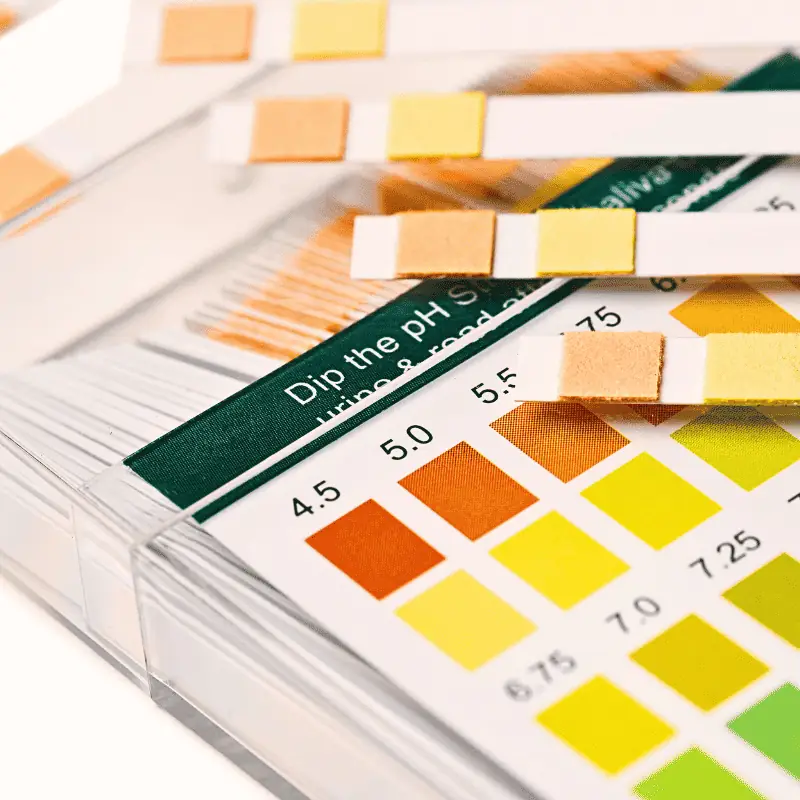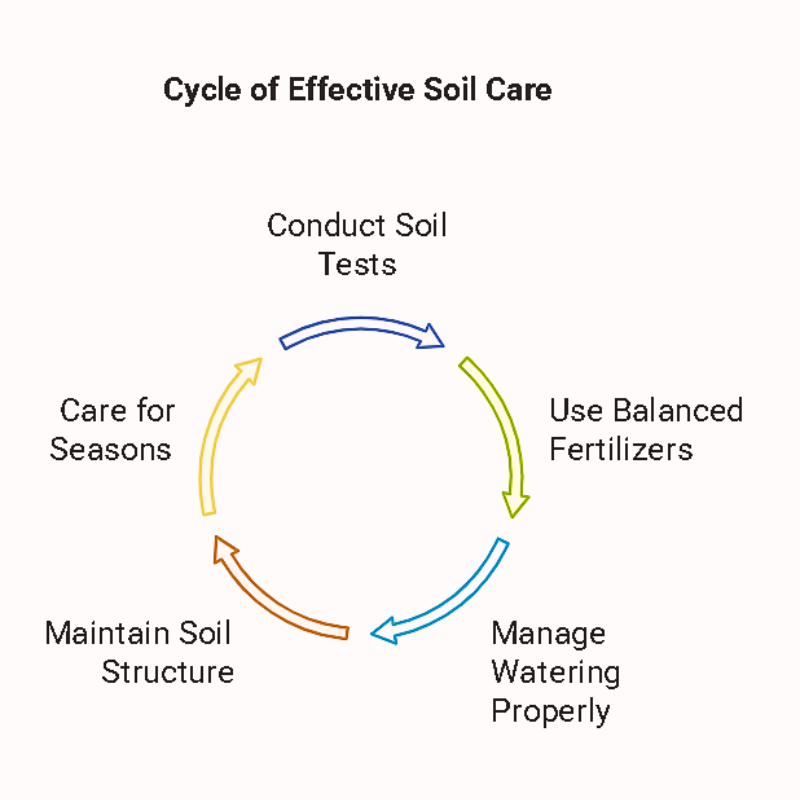Gardening has always been a personal passion of mine, born from the simple joy of seeing my first tomato plant thrive in a small backyard corner.
As a beginner, I quickly learned that finding the best soil and fertilizers for small backyard gardens is the foundation of success in any garden.
Whether working with a few pots on a balcony or transforming a tiny backyard into a lush oasis, understanding your soil and feeding your plants with the best soil and fertilizers for small backyard gardens can mean the difference between flourishing greens and frustrating failures.
For urban gardeners, beginners, and small-space growers, thriving can be easier than you think by following a few simple steps. This guide will provide the knowledge and confidence to cultivate a successful garden.
We’ll cover soil basics, testing and amending your soil, choosing the best soil and fertilizers for small backyard gardens, and seasonal maintenance.
These are the very steps I followed when I turned my tiny, neglected backyard into a thriving, edible garden.
Over the years, I’ve refined these methods through trial and error, and sharing my experiences will save you time and effort.
1. Understanding the Best Soil for Small Backyard Gardens
1.1 Why Soil Quality Matters
Healthy garden soil is the backbone of plant health. It provides essential nutrients, supports root development, and ensures proper drainage.
Without quality soil, plants struggle to absorb what they need to grow strong and produce bountiful yields. After planting herbs in poor soil and watching them wither, I learned this firsthand.
However, improving my soil turned everything around. Plants like basil and mint, which once refused to grow, suddenly flourished, filling the air with their fragrant leaves.
1.2 Soil Types and Their Pros/Cons
Not all soil is created equal. Small gardens often face challenges with poor soil structure. Here are the common types:
Clay: Holds nutrients well but drains poorly and compacts easily.
Sandy: Drains quickly but lacks nutrients.
Loamy: The ideal mix, retaining moisture and nutrients while allowing drainage.
Silt: Fertile but prone to compaction.
Loamy soil is the best bet for small backyard gardens.

It perfectly balances vegetables and flowers. When I mixed sandy soil with compost and clay to create a loamy blend, my tomatoes, which had previously struggled, began producing juicy fruits by mid-summer.
If you’re curious about optimizing your garden’s layout for maximum yield, you can explore this helpful guide on Maximizing Yield: Creative Layouts for Small Vegetable Gardens.
1.3 The Role of pH in Soil Health
Soil pH determines how well plants absorb nutrients. Most garden plants thrive in slightly acidic to neutral soil (pH 6.0-7.0).
When testing my soil with a DIY kit, I discovered it was too acidic, which explained my struggling spinach.
It made a noticeable difference after adjusting it with a simple lime application. My greens rebounded quickly.
Since then, monitoring pH throughout the growing season has become a routine part of my gardening practice.
2. Testing and Amending the Best Soil for Small Backyard Gardens
2.1 How to Test Your Soil
Testing your soil is the first step to understanding its needs.

pH Strips: Provide a quick acidity check.
Think of soil pH like your plants’ ability to eat their food. If the soil is too acidic (sour) or too alkaline (sweet), even if you’ve added lots of nutrients, your plants may struggle to absorb them.
Ideally, most garden plants prefer a slightly acidic to neutral pH (around 6.0-7.0).
Getting your soil’s pH right ensures your plants can easily access the nutrients they need to thrive, leading to healthier growth and bigger harvests in your small backyard garden! Check out some great resources on soil pH from Penn State Extension.
Soil Testing Lab: Offers a detailed nutrient analysis (highly recommended when starting a vegetable garden in your specific area).
You can also refer to the expert based services like USDA Soil Testing Information for professional guidance on soil evaluation.
Jar Test: This test determines soil composition (sand, silt, clay). Fill a clear jar halfway with soil from your garden, add water, and shake well.
Let it settle for 24 hours. Eventually, the soil will separate into sand, silt, and clay layers, helping you see your soil’s composition.
Still not sure which type of soil you have? Check out this great video on how to do the Jar test.
I remember my first jar test vividly. Watching the layers settle was like unlocking a secret about my soil.
It finally clarified what amendments were necessary to create the perfect environment for my plants.
For guidance on efficient garden designs that work hand-in-hand with soil health, see How to Create Efficient Layouts for Small Gardens.
2.2 Improving Soil Structure and Drainage in Small Backyard Gardens
Poor drainage was a constant battle in my compact backyard. Eventually, I improved it by mixing compost, perlite, and coco coir into my beds.
These amendments lightened the soil, allowing roots to breathe and grow freely. As a result, I noticed a drastic improvement in my carrots and radishes, which previously grew stunted and forked.
While this guide focuses primarily on soils and mixes for houseplants, it’s worth noting that the Royal Horticultural Society (RHS) emphasizes the importance of well-draining and aerated growing media, regardless of whether you’re gardening indoors or out.
The principles of improving soil structure by adding materials like perlite or bark chips to increase drainage, and ensuring sufficient organic matter for nutrient retention, are valuable lessons that can be applied to small backyard gardens as well.
2.3 Boosting Organic Matter in Soil
Organic matter feeds your soil. Compost, worm castings, and aged manure naturally enrich soil fertility.
When I started composting kitchen scraps, my garden beds were noticeably more productive within months.
Now, incorporating organic matter every year is a non-negotiable step in my gardening routine.
3. Choosing the Best Soil and Fertilizers for Small Backyard Gardens
3.1 Organic vs. Synthetic Fertilizers
Both organic and synthetic fertilizers have their place, but for small gardens, organic is often best for sustainability and soil health.
Organic options improve soil over time, while synthetic fertilizers can deliver quick results but risk nutrient imbalances.
Initially, I relied on synthetic fertilizers exclusively, only to find my soil becoming rigid and lifeless. Switching to organic feeds revitalized my garden.
4. Common Mistakes to Avoid
Skipping soil tests.
Using unbalanced fertilizers.
Overwatering or underwatering.
Neglecting soil structure and drainage.
Ignoring seasonal soil care.

Conclusion
Building a thriving backyard garden starts with understanding your soil and choosing the right fertilizers.
By testing your soil, amending it with organic matter, and selecting fertilizers that suit your plants, you’ll create an environment where your garden can flourish.
Every small step contributes to healthier plants and a more enjoyable gardening journey.
Before You Go—Grab This Free Guide- On Best Soils and Fertilizers for Small Gardens!
Take your gardening journey to the next level with our exclusive 8-page guide: Best Soils and Fertilizers for Small Gardens. . Packed with actionable tips and creative ideas, this guide will transform your approach to gardening in compact spaces.
Click the button below to download your free copy and start planning your productive garden today!








